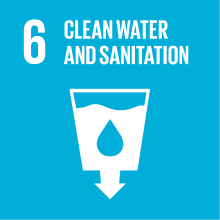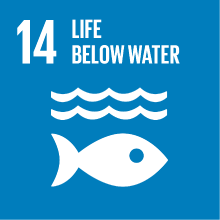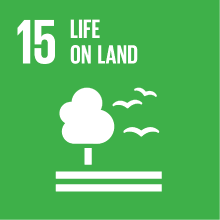INTERDISCIPLINARY PRACTICAL ACTIVITIES IN FIELD
- Academic year
- 2025/2026 Syllabus of previous years
- Official course title
- LABORATORIO IN CAMPO - B
- Course code
- CM0399 (AF:573700 AR:322573)
- Teaching language
- Italian
- Modality
- On campus classes
- ECTS credits
- 6
- Degree level
- Master's Degree Programme (DM270)
- Academic Discipline
- NN
- Period
- 2nd Semester
- Course year
- 1
- Where
- VENEZIA
- Moodle
- Go to Moodle page
Contribution of the course to the overall degree programme goals
Expected learning outcomes
determine the environmental quality of transition environments and coastal areas, by applying indices suggested by the present legislation (WFD and HD);
define a sampling plan for monitoring both aquatic and terrestrial habitats;
classify specimens belonging to both plant and marine vertebrate and invertebrate communities
Pre-requirements
Contents
Terrestrial vegetation: Joint assessment of the plant communities and morphology of the dune system by integrating biodiversity analyses at different spatial scales and high-precision morphological surveys using GNSS RTK technology. The conservation status of the system will be assessed taking into account the correspondence with the physiognomic reference combinations of Natura 2000 habitats and the presence of synanthropic and alien species, which are indicators of possible changes due to anthropogenic impacts.
Aquatic vegetation – macrophytes: Observation and collection of samples, measurement of species abundance, and application of Ecological Status indices in accordance with the Water Framework Directive. These activities will be accompanied by an analysis of key environmental parameters for a better understanding of the results obtained.
Aquatic vegetation – microalgae: Collection of water samples from the sea and the lagoon, followed by microscopic analysis to compare two contiguous but potentially different ecosystems. Evaluation of the ecological role of microalgae, as well as their importance in the context of human health protection.
Aquatic macrobenthic fauna: Planning and execution of a marine invertebrate sampling campaign in coastal and/or transitional areas and following samples treatment phases, for taxonomic resolution of different sampled organisms, in order to produce a database useful for assessing the ecological status and/or for the application of diversity and ecological functionality indicators.
Ichthyofauna: Planning and implementation of a sampling activity along the shoreline using specific nets (beach seines) that allow the capture of present fish species. Once identified, individuals will be released. Sampling techniques using active acoustics in coastal and lagoon areas will also be described.
Avifauna: Daytime survey of nesting species in the supralittoral zone, foraging species in the mesolittoral zone, and cryptic/nocturnal species present behind the dunes. For each group, specific sampling methods will be applied, including distant observation, analysis of ground traces (footprints, nest excavations), nest census, and identification of species-specific calls.
Mammals: Data collection using photo and video trapping techniques, and the development of suitable sampling schemes to compile a checklist of species present in the area.
Referral texts
Assessment methods
Type of exam
Grading scale
28-30L: Mastery of the topics covered in class, ability to prioritize information, excellent use of appropriate technical terminology, active participation to group activities;
25-27: Good knowledge of the topics covered in class, fair ability to organize and present information orally, familiarity with technical terminology, medium participation to group activities;
22-24: Knowledge of the topics covered in class is not always in-depth; oral presentation is organized but with not always correct use of technical terminology, low participation to group activities;
21-23: Knowledge of the topics covered in class is often superficial; oral presentation is unclear and lacking in technical terminology, scarce participation to group activities;
18-20: Knowledge of the topics covered in class is occasionally lacking; oral presentation is confusing, with little use of technical terminology, no participation to group activities;
Teaching methods
2030 Agenda for Sustainable Development Goals
This subject deals with topics related to the macro-area "Natural capital and environmental quality" and contributes to the achievement of one or more goals of U. N. Agenda for Sustainable Development



